How to insulate a Shipping Container
Modified shipping containers are used for multiple applications and in many regions across the United States—all the way from the heat of a Texas summer to the frigid cold of a Minnesota winter. You may be wondering how to insulate a shipping container to stay calm and warm in these climates.
 |
The solution is simple. Here, at USP Container Shipping you’ll gain insights into four environmentally friendly insulation options to learn how to insulate a shipping container to create a comfortable, climate-controlled structure for all seasons.
[toc]
Why Insulate Shipping Containers?
There are many benefits of insulating a modified shipping container. The U.S. But you can drastically improve the energy efficiency of nearly any structure with proper insulation. With the right type and thickness of insulation, you can significantly reduce the amount of time your AC and heating systems in a shipping container have to run, minimizing power consumption – and your utility bill.
While sturdy and durable, a shipping container's steel walls can get very hot in the summer and cold in the winter. That means you’ll definitely need insulation if you intend to use the container as a living or working space, or if you plan to store temperature-sensitive assets such as electronics or perishable goods.
The amount and type of insulation your shipping container requires depends on the climate of your job site and the shipping container’s function. As noted, there are three basic options for creating optimum energy efficiency: Styrofoam, rolled batt, and spray foam insulation.
Each type of insulation has an R-value that indicates its efficacy as an insulator (the higher the R-value the greater the insulation). R-values are also additive: the same way that a Thermos with thicker walls does a better job keeping beverages hot or cold, thicker layers of insulation will have higher R-values, making them more eco-friendly.
| Ideal Use | Examples | R-Value | Installation Process | Key Benefits | |
|---|---|---|---|---|---|
| Styrofoam | Non-heat producing assets | Records storage, Animal feed storage | 4 (one-inch thickness) | Fast and easy; Requires no framing | Highly cost-effective |
| Batt | Living & workspace | Mobile container office, Locker room | 13 (3.5-in thickness); 19 (6-inch) | Fast and easy; Requires framing | Cost-effective; High R-value |
| Spray foam | Enclosures for heat-producing equipment | Server rooms, Water treatment equipment enclosures | 6 (1-inch thickness); 12 (2-inch); 18 (3-inch) | Calls for specialty equipment; Requires no framing | Water-resistant; Hard finish; High R-value |
| Mineral wool | Living & workspace Applications that require non-flammable materials | Workspaces, living spaces, and storage | Living & workspace 13 on a wall, 26 on the ceiling (3.7 – 4.2 per inch) | Similar to batt but slightly more cumbersome; Requires framing | Non-flammable; water resistant; high R-value |
Types of Insulation for Shipping Container Structures
Question: What can I use to insulate a shipping container?
Answer: The most popular forms of insulation for insulating your container house during the winter are spray foam, cotton, cork, and wool. Install windows with double glazing. Double-glazed windows can assist keep heat inside your shipping container house since they are energy efficient. Lock the doors to empty rooms.
Question: Do you insulate shipping containers inside or outside?
Answer: The most common solution is inside insulation since it is protected by steel outside walls. Interior insulation's biggest drawback is that it will reduce your available living, storage, or work space. Outside insulation might be the solution if this is a concern.
[embed]https://youtu.be/AbMGiIbBEpI[/embed]

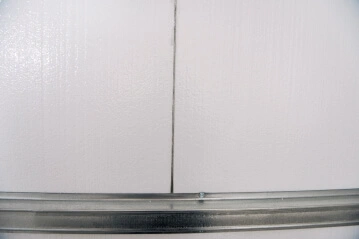
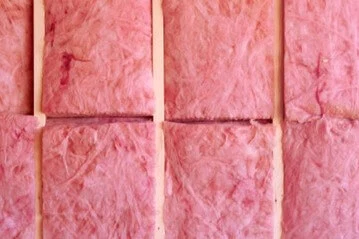
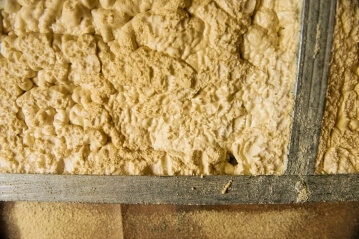
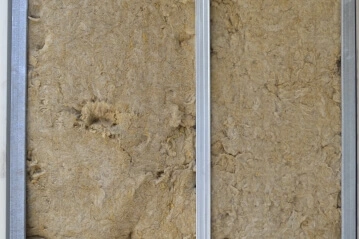

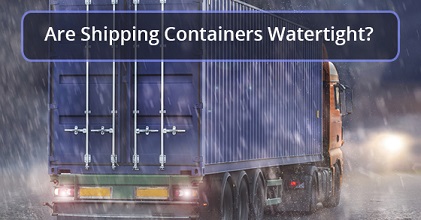
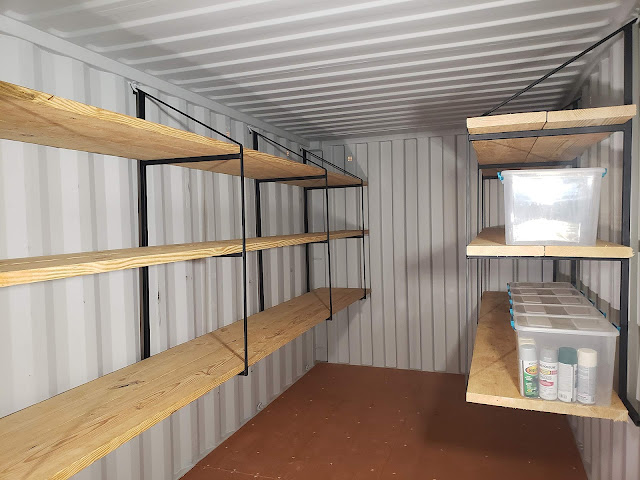
Comments
Post a Comment